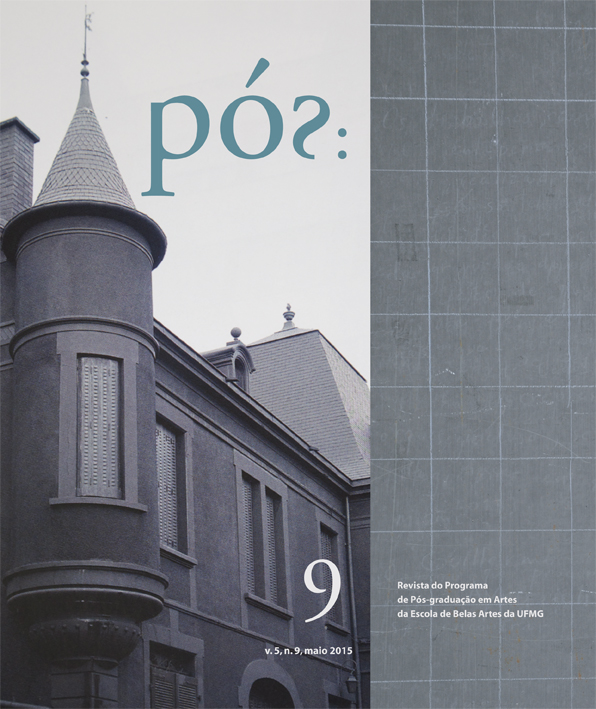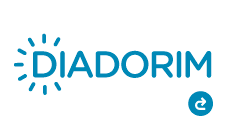A sombra e a matéria da pele na pintura
Keywords:
Painting, representation, skinAbstract
The article proposes a historical reflection on the practice of the pictorial element “ the shadow” – a relevant device in painting to create the illusion of three-dimensionality from the two-dimensional plan – and possible relationships between the skin´s own and projected shadows and materiality considerations of their bodies.
References
BRUSATIN, Manlio. Histoire de la ligne. Paris: Flammarion, 2002.
DELLO RUSSO, William. L’art du Nu. Paris: Hazan, 2010.
DIDEROT, Denis. Ensaios sobre a pintura. Campinas: Unicamp, 1993.
GERDY, Nicolas. Anatomie des Formes Extèreures du corps humain appliquée à la peinture, a la sculpture et a la chirurgie. Paris: Béchet Jeune, 1829.
KIMMELMANN, Michael. Ingres and his pursuit of a higher reality. The New York Times, Lifestyle: pE27, mar, 24, 2006.
KRAUBE, Anna-Carola. História da pintura: do Renascimento aos nossos dias. Colônia: Konemann, 1995.
LANEYRIE-DAGEN, Nadeije. L’invention du corps: la représentation de l’homme du Moyen Âge à la fin du XIX siécle. Paris: Flammarion, 2006.
ROSENBERG, Karen. A master’s thin skin, etched for posterity. The New York Times. Arts and Entertainment, p C23(L). Galegroup, set., 9, 2011.
SHELTON, Andrew Carrington. Ingres. New York: Phaidon, 2008.
STOICHITA, Victor Ieronim. Brève Histoire de L’ombre. Genèva: Droz, 2000.
WÖLFFLIN, Heinrich. Conceitos fundamentais da história da arte. São Paulo: Martins Fontes, 1996.
Downloads
Published
How to Cite
Issue
Section
License
Authors who publish in this journal agree to the following terms:
- Authors retain copyright and grant the journal the right of first publication, with the work simultaneously licensed under the a Creative Commons Attribution-NonCommercial 4.0 International License that permits sharing of the work with acknowledgement of authorship and initial publication in this journal;
- Authors are permitted to enter into additional contracts separately, for non-exclusive distribution of the version of the work published in this journal (e.g., the Creative Commons Attribution License).
- Authors are permitted and encouraged to publish and distribute their work online (e.g., in institutional repositories or on their home page) at any point before or during the editorial process, as this may generate productive changes as well as increase the impact and citation of the published work.
- It is the responsibility of the authors to obtain written permission to use in their articles materials protected by copyright law. Revista PÓS is not responsible for copyright breaches made by its contributors.












